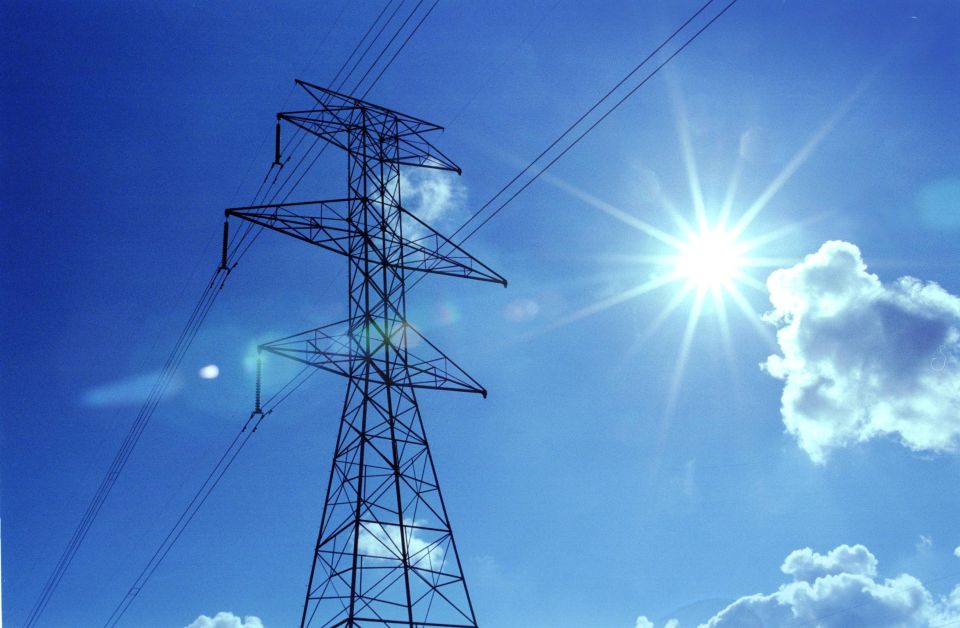
Electricity consumers have paid substantially higher bills than necessary for ‘poles and wires’, providing a hefty $10 billion in supernormal profits for energy network providers in the eastern states of Australia over an eight-year period due to flaws in network regulation, finds a new report by the Institute for Energy Economics and Financial Analysis (IEEFA).
The report, Regulated Electricity Network Prices Are Higher than Necessary, found the actual profit that energy network providers received from electricity consumers over 2014 to 2021 was 67% higher than the normal level of profit.
‘Poles and wires’ distribution and transmission network service businesses, including the likes of United Energy, Endeavour, SA Power Networks and AusNet, have consistently been charging electricity consumers too much – around 11% more than total costs. Of the 18 NSPs analysed, 14 extracted profit above IEEFA’s expected profit multiple range.
This has imposed an unnecessary additional average cost of 6.8% onto people’s electricity bills in 2020, or between $800 to $1200 per energy customer over the eight-year period, depending on the state they live in, with no additional reliability benefits because the supernormal profits are after all network reinvestment.
Meanwhile, much of the supernormal profits have likely gone to offshore owners.
The report finds the complex regulatory system designed to prevent sustained excessive network monopoly profits has failed due to weak laws and rules regulating networks and a lack of transparency over the extent of monopoly profits. In IEEFA’s view, the supernormal profits of $10 billion over 2014-2021 appear inconsistent with the National Electricity Objective.
The enormous supernormal profits have also hindered Australia’s necessary transition to a low carbon electricity system by diverting funds that could have been used to fund the energy transformation.
The new information and commentary in the network section of the 2022 State of the Energy Market report released in late September does not invalidate any of the analysis and findings in the IEEFA report. They reinforce the need for strong government action to fix failures in the existing systems regulating electricity network prices.
Author of the report Simon Orme says regulatory change must occur immediately.
“People’s electricity bills are forecast to increase even further over the next 6-18 months as high coal and gas prices globally impact Australia’s domestic prices,” says Orme.
“Australia’s energy customers have been spinning golden silk for network providers for nearly a decade. They can’t be expected to fund super profits any longer. The extra burden must be removed.
“The inefficiencies from excessive network prices, and wealth transfers created by persistent sector-wide supernormal profits, are also delaying decarbonisation of the electricity system.
“The $10 billion in super profits extracted by electricity networks over 2014-2021 is approaching the capital cost of AEMO-identified regulated transmission projects necessary to support the closure of most coal-fired power generation.”
The Australian Energy Market Operator’s 2022 Integrated System Plan ‘Step Change Scenario’ costs the new regulated transmission investment necessary for the energy transition at $12.7 billion in its optimal development path.
Orme says energy consumers in the national electricity market have paid around $1.2 billion more than necessary each year over the last eight years to have a stable electricity supply.
“The Australian Energy Regulator is responsible for making sure networks charge consumers only what is required to cover the costs of investing in, building, maintaining and operating the networks, plus a reasonable profit to ensure compensation for investors.
“That network providers in Queensland, New South Wales, Victoria, South Australia and Tasmania have gained super profits by persistently charging too much, resulting in overall retail electricity prices being higher than necessary, is a fact Energy Ministers championing lower electricity prices may have been unaware of.
“Now that they are aware, the Federal Government should establish an independent commission of inquiry into the economic regulation of networks, working together with participating NEM jurisdictions.
“The commission of inquiry should work to increase the reporting and monitoring of network business’ profits, make changes to the rules and laws to improve economic regulation of networks, remove barriers to consumer representation in economic regulation processes and ensure frameworks for future investment are efficient.”
“Improving the regulations governing monopoly electricity networks in Australia will help constrain network supernormal profits and reduce the strong upward pressure on consumer bills.
The report finds the supernormal profits occurred because the current regulatory system, which is managed by energy market bodies including the Australian Energy Regulator, the Australian Energy Market Commission, the Council of Australian Governments Energy Council and the Australian Competition Tribunal, consistently overestimated the actual costs that network businesses would require to build, operate and maintain the network. Networks charged those overestimated costs to consumers (via retailers), and shareholders retained the differences between the networks’ revenue and cost.
The persistent and large sector-wide supernormal profits have contributed to increased investment in and use of substitutes for network services by consumers, resulting in underutilisation of network assets.
“This is another fail that has adversely affected the overall productivity of the sector,” says Orme. “And any assumption that those supernormal profits are being reinvested in higher levels of regulated capital investment is wrong. Instead, they go to shareholders.
“This means that crucial financial resources that could fund investment in the energy transition are being diverted by wealth transfers from consumers to network shareholders, many of whom are overseas. This delays and raises the cost of the energy transformation.
“The supernormal profits issue needs to be examined and rectified.
“If this situation is not improved, energy consumers will continue to pay more than required for electricity distribution and transmission network services, and up to 43% more for new assets into the future, increasing the cost of the energy transition and deterring investment in low carbon generation.”
Read the report: Regulated Electricity Network Prices Are Higher than Necessary — An Assessment of the Economic Regulation of Australia’s Electricity Networks
About IEEFA: The Institute for Energy Economics and Financial Analysis (IEEFA) examines issues related to energy markets, trends, and policies. The Institute’s mission is to accelerate the transition to a diverse, sustainable and profitable energy economy. (ieefa.org)





